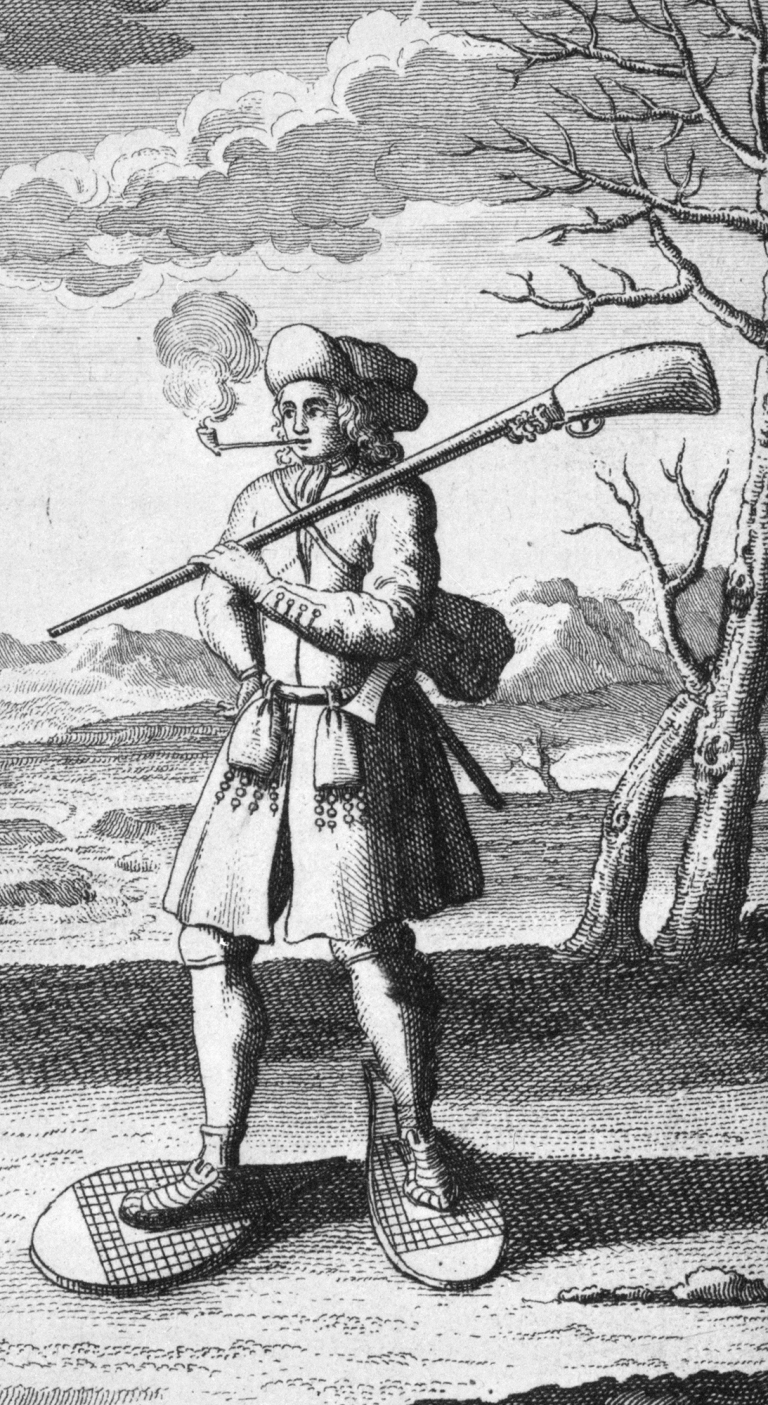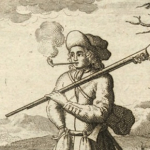The son of Philibert Milot and Catherine Sononaire, Jean Milot was baptised in Vermenton, Bourgogne, France, on November 11, 1624. He married Marie-Marthe Pinson on January 7, 1654, and then Mathurine Thibault on November 26, 1663 in Montréal. He worked as an edge-tool maker, specializing in manufacturing cutting tools.
In 1653, he moved into a home on the shores of Rivière Saint-Pierre. For a very short time, in 1661, he was captured by the Iroquois.
On February 3, 1669, he purchased the 420-arpent estate owned by René Robert Cavelier de La Salle, which became the site of Fort Rémy and the heart of the village of Lachine. He also bought—from Nicolas Moisan dit le Parisien—a 60-arpent piece of land adjacent to the estate. The Milot family kept this heritage property for nearly 150 years.
Site of a windmill
With the purchase of the estate, Jean Milot acquired the right to build a windmill. In 1671, he entrusted this project to Pierre de Lugerat dit Desmoulins and to Pierre Verrier dit la Saulaye. The mill would even be able to serve as protection in case of Iroquois attacks. Then in 1672, he signed another agreement with builders Gilles Devennes, Urbain Brossard and Michel Bouvier to construct a forge, a building that would also have an oven to bake bread under the Manoir Milot name.
Milot maintained the right to mill wheat only a short time. In 1673, he sold his mill to the Sulpicians, seigneurs of the island of Montréal. From then on, the mill would be managed, as was right and proper, by the seigneur of Montréal, who hired millers to run the millstones and grind the tenants' wheat.


